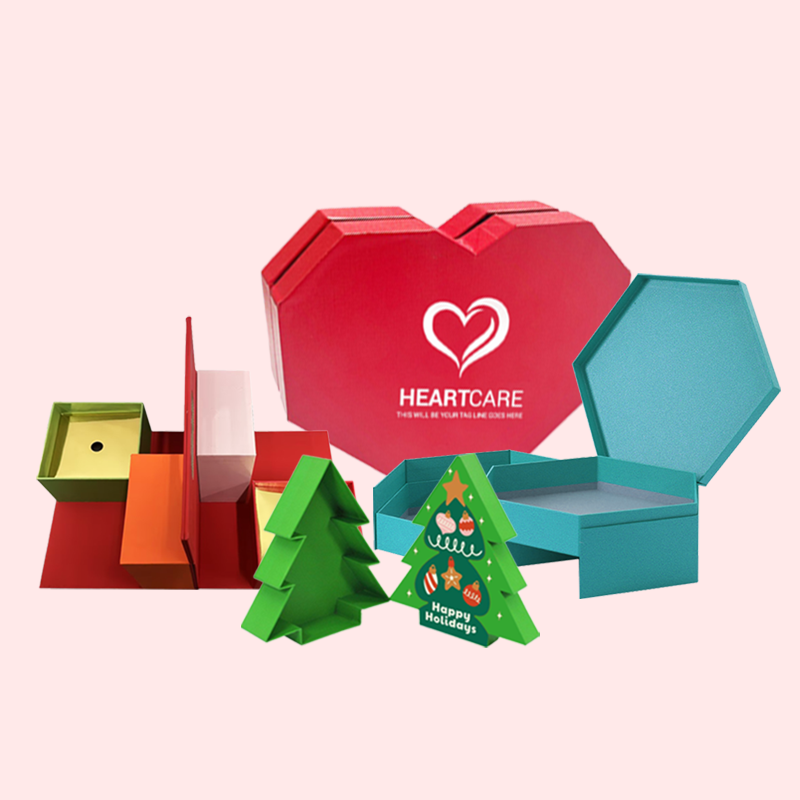In the highly competitive world of wine production, innovative packaging can be a game-changer. A well-designed package not only protects your product but also enhances its appeal, communicates your brand's story, and provides a memorable unboxing experience for your customers. Here are eight creative ways to package your wine products that will help you stand out in the market.
1. Eco-Friendly Packaging
Embrace Sustainability
In today's environmentally conscious market, eco-friendly packaging is more important than ever. Consumers are increasingly seeking out products that align with their values, and sustainable packaging can significantly enhance your brand's appeal. Consider using biodegradable cardboard, recycled paper, or even innovative materials like mushroom packaging, which is not only biodegradable but also sturdy.
Benefits of Eco-Friendly Packaging
Eco-friendly packaging reduces your carbon footprint, appeals to eco-conscious consumers, and often involves materials that are lighter and more cost-effective to ship. Additionally, it positions your brand as responsible and forward-thinking, traits that resonate well with modern consumers.

2. Personalized Labels and Packaging
Make It Personal
Adding a personal touch to your wine packaging can create a unique and memorable experience for your customers. Personalized labels featuring the customer's name, a custom message, or even a special date can turn a simple bottle of wine into a cherished keepsake.
How to Implement Personalization
There are various ways to personalize your packaging. You can offer customizable labels where customers can add their own text or images. Alternatively, you can create limited edition runs with unique designs for special occasions, like weddings or anniversaries.

3. Interactive and Smart Packaging
Engage with Technology
Incorporating interactive elements into your packaging can significantly enhance the customer experience. Technologies like QR codes, augmented reality (AR), and near-field communication (NFC) can be used to create engaging and informative interactions.
Examples of Interactive Packaging
Imagine a wine bottle with a QR code that, when scanned, takes the customer on a virtual tour of the vineyard where the wine was produced. Or an AR label that brings the history of the wine to life when viewed through a smartphone app. These interactive elements not only provide added value but also encourage customers to engage more deeply with your brand.
4. Minimalist and Elegant Designs
Less is More
Minimalist packaging can convey a sense of elegance and sophistication. Clean lines, subtle typography, and high-quality materials can make a powerful statement without overwhelming the consumer.
Benefits of Minimalist Packaging
Minimalist designs are often more cost-effective as they use fewer materials and are easier to produce. They also tend to appeal to a wide audience, making them a versatile choice for any brand. Moreover, minimalist packaging aligns well with sustainable practices by reducing excess material use.

5. Multi-Functional Packaging
Beyond the Bottle
Consider designing packaging that serves multiple purposes. Multi-functional packaging adds value by providing a secondary use, which can make your product more appealing and reduce waste.
Ideas for Multi-Functional Packaging
Wine boxes that double as storage containers or decorative pieces are excellent examples of multi-functional packaging. This not only promotes sustainability by reducing waste but also enhances the product's perceived value, making it a more attractive option for consumers.
6. Gift and Special Occasion Packaging
Celebrate with Style
Special occasion packaging can make your wine products stand out as the perfect gift. Festive designs for holidays, weddings, or anniversaries can attract buyers looking for unique and thoughtful presents.
Features of Gift Packaging
Gift packaging can include elements like ribbons, custom tags, and themed graphics. These touches can elevate the presentation of your wine, making it more than just a beverage but a part of the celebration itself.

7. Innovative Bottle Shapes and Materials
Stand Out on the Shelf
Experimenting with unconventional bottle shapes and materials can help your wine products stand out. Unique designs capture attention and make your product more memorable to consumers.
Examples of Unique Packaging
Consider using square bottles, frosted glass, or even materials like aluminum. These innovative designs not only differentiate your product but also offer practical benefits, such as better storage efficiency and enhanced durability.
8. Limited Edition and Seasonal Packaging
Create Urgency and Exclusivity
Limited edition and seasonal packaging can create a sense of urgency and exclusivity, encouraging quick purchases. Special designs for holidays or unique events can entice collectors and boost sales.
Strategies for Limited Edition Packaging
Highlighting the limited availability of your product can drive quick purchases. Seasonal packaging can also include thematic elements that make the product feel special and time-sensitive, enhancing its appeal during specific times of the year.
Conclusion
Innovative packaging is a powerful tool in the wine industry. By incorporating eco-friendly materials, personalized touches, interactive technology, and unique designs, you can create a memorable experience for your customers. Embrace these strategies to elevate your wine packaging and make a lasting impression.
Incorporating these innovative packaging ideas can help you differentiate your wine products in a crowded market. Each strategy not only enhances the aesthetic appeal of your product but also adds value, engages consumers, and aligns with modern values of sustainability and personalization. By focusing on innovative packaging, you can ensure your wine products stand out, attract new customers, and build lasting brand loyalty.






